Top 6 Interesting Facts about Coyotes
Coyotes are medium-sized wild canines that were originally restricted to North America's desert areas. There are currently 19 subspecies spread over the ... read more...continent and nearby Central America. They may weigh anything from 15 and 46 pounds and are frequently mistaken for dogs. Watch the tail to tell them apart from a domesticated animal buddy. Here are some interesting facts about Coyotes that you may not have heard about this smart and incredible species.
-
Coyotes are monogamous and mate for life. After finding a partner, a coyote pair sticks together for a very long time, according to a 2012 study of 18 litters of coyotes. This holds regardless of how many other possible partners are around. If the male passes away, the female coyote will probably move out of the region either right away or shortly after any pups become independent. Every year, the coyote breeding season lasts from January through March. Coyote females construct dens in the spring to get ready for their offspring. Females typically give birth to litters of six puppies after a gestation period of around 63 days. A litter refers to the collective of puppies.
In a pack, both the males and the females help care for the pups. In addition to helping to keep the female and the puppies safe from harm, the male will carry food to them. Coyote pups are blind when they are born in the den and completely dependent on their moms. After 10 days, their eyes open, and after a month, they start to leave the den. Females normally stay with their parents and serve as the foundation of a pack whereas young males typically leave their parents after nine months. Puppies mature sexually and achieve adulthood one year after birth. In the wild, coyotes normally live for 5 to 6 years, however, they have been known to live up to 12 years. According to IFAS, they can live longer in captivity, the longest known person lived for 18 to 19 years.
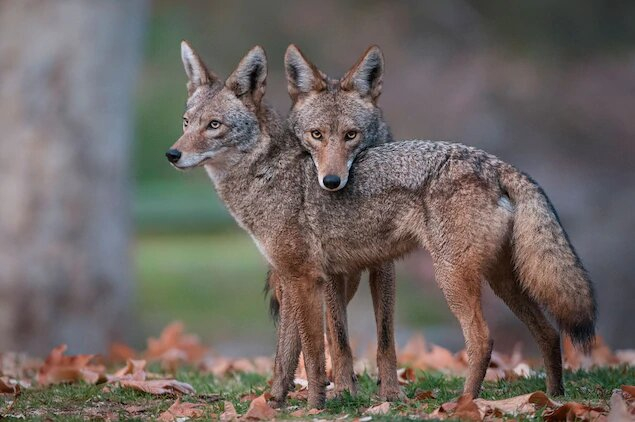
www.reddit.com American Museum of Natural History - youtube.com -
When the moon comes to mind immediately away for many people when they think about coyotes. Although coyotes are famous for their howling at the moon, they also emit a variety of other sounds. Coyotes employ a variety of communication techniques to get their ideas through both during the day and at night. Growl, huff, woof, bark, bark-howl, lone howl, group yip-howl, whine, group howl, welcome songs, and yelps are among the 11 vocalizations that have been identified by researchers.
Coyotes are well recognized for their varied howling at night. Because these nocturnal stalkers make so much noise, many people in the wildlife world refer to them as "song dogs". Coyotes frequently adjust to the noises surrounding them since the sounds are all different. Adult coyotes often communicate by howling, which is also the sound that wildlife watchers and homeowners most regularly hear. Coyotes cry loudly, especially in packs, and it is possible to hear it for kilometers away. A pack of coyotes may also find new territory by growling. They do this to demonstrate their authority over any other coyotes that may be present nearby. Coyote pups frequently communicate by whining until their vocal cords are robust enough to join in with their pack's howling. Parents direct their pups to and from their dens using specific woof noises.
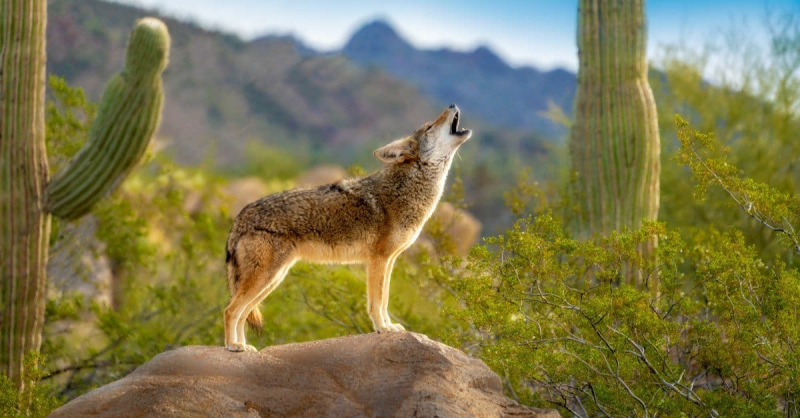
slate.com 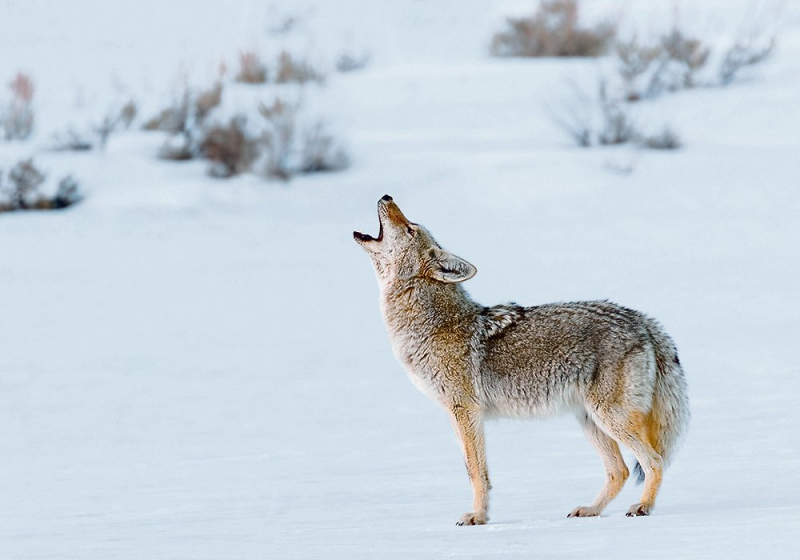
slate.com -
Historically, only the grasslands and deserts of central and western North America were home to coyotes. But when European Americans and other settlers altered the terrain via extensive logging and agricultural expansion in the 1800s, the quantity of open area grew. Coyotes migrated in and expanded their home range as a result of the creation of more open habitats in eastern states. Coyotes faced less competition for food when wolves and cougars were eradicated by humans in the same period. Almost every region of North America, as well as Central America, has now been colonized by the species.
Coyotes are not confined to rural areas. Additionally, they have settled in almost all of the continent's cities. Coyotes were widespread throughout the United States, and as people built more cities, coyotes discovered how to adapt to their new urban surroundings. In cities and suburbs, coyotes regularly live right next to people. Researchers have discovered that urban coyotes behave differently from their suburban and rural counterparts. Compared to their rural counterparts, they are less timid and more inclined to consume cats and food made by humans.
Coyotes appear to favor bits of wooded and shrubby habitat in urban settings, as well as parks and golf courses, where they may find refuge away from people. They typically don't give much thought to where they spend the night, dozing off in the open or beneath the protection of plants. Coyotes frequently have access to the same kinds of food that are found in more natural settings in urban settings. The majority of their food consists of fruit, deer, rats, and rabbits. However, humans may sometimes leave food out for urban coyotes to take advantage of, which might cause conflict. Additionally, they devour the decorative fruits and seeds that have been grown by humans, such as figs, palms, and grapes.
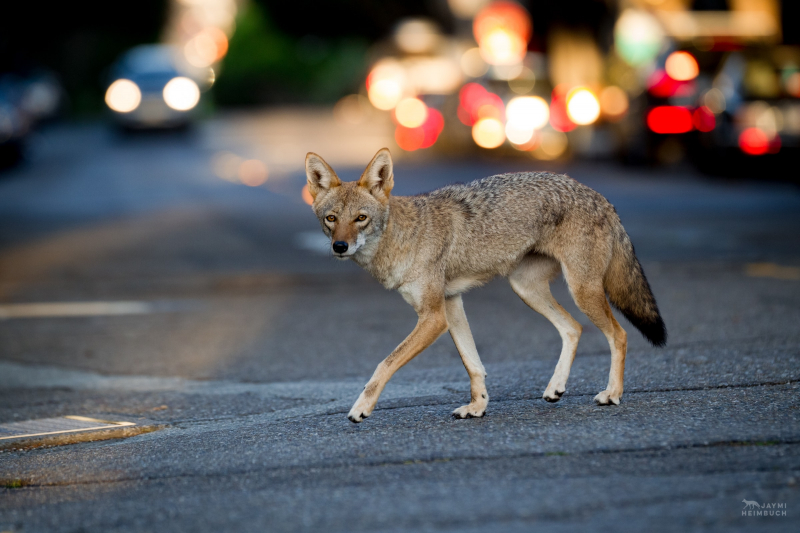
jaymiheimbuch.com 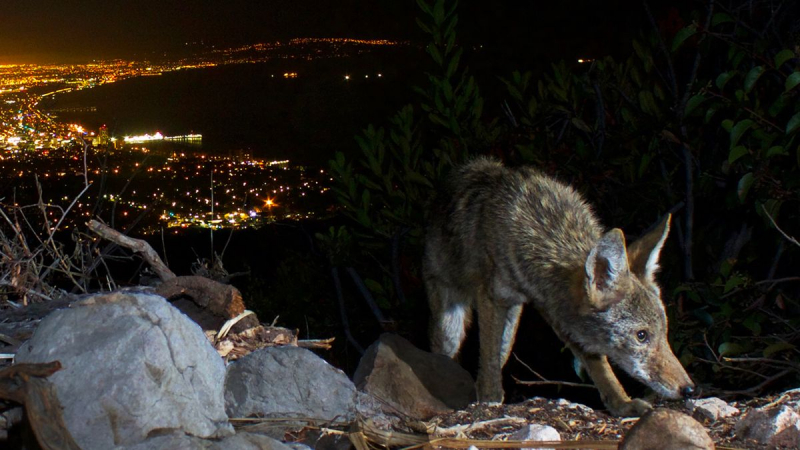
jaymiheimbuch.com -
Due to its extensive range and varied food, the coyote probably carries the greatest number of illnesses and parasites among big North American carnivores. Rabies, canine distemper, infectious canine hepatitis, four forms of equine encephalitis, and oral papillomatosis are among the viral illnesses that have been documented to affect coyotes. Coyotes can get the bacterial illness tularemia, which can be fatal to pups, via tick bites as well as from their rodent and lagomorph food.
Both demodectic and sarcoptic mange, the latter of which is more typical, can affect coyotes. Coyotes seldom have lice infestations, but they do have fleas from the time they are puppies, which may be more of an annoyance than a severe health risk. The most frequent species to infest coyotes is Pulex simulans, but Ctenocephalides canis tend to only be found in areas where coyotes and dogs coexist. In particular, Nanophyetus Salmincola, which can cause 90 percent fatal salmon poisoning sickness, still has a devastating impact on coyotes.
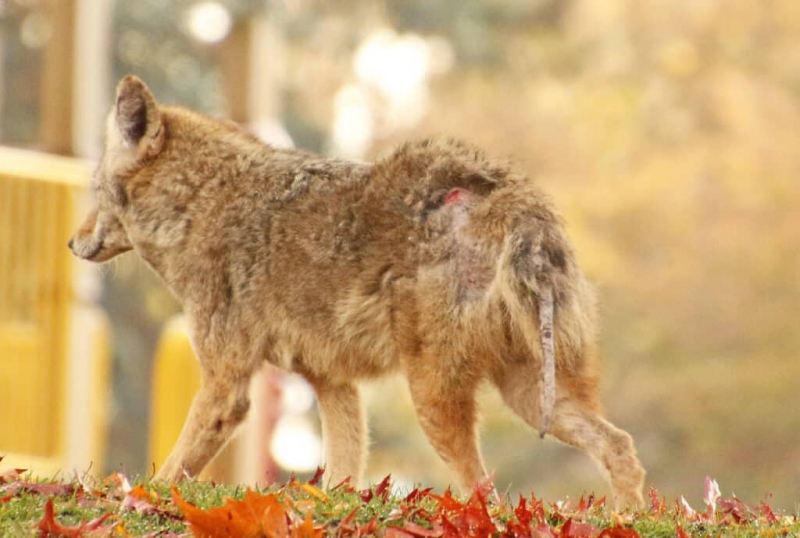
phys.org 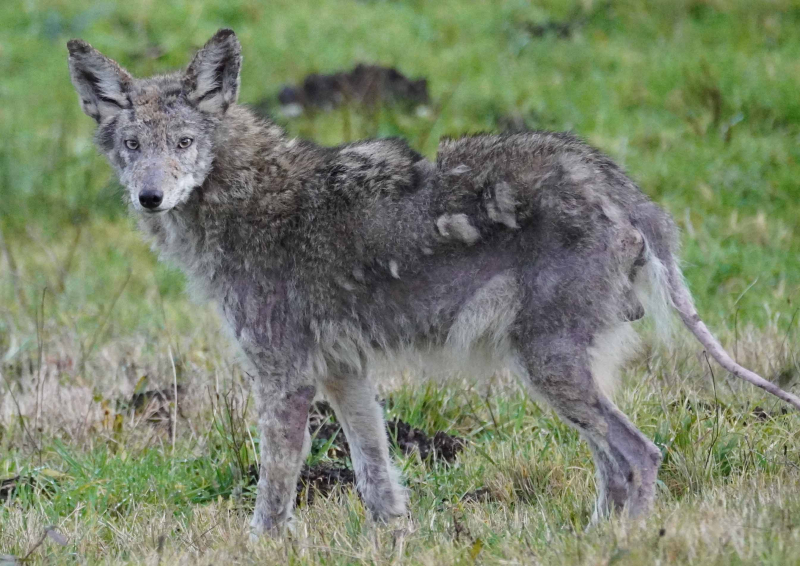
phys.org -
Coyotes will go to great lengths to avoid humans. Naturally, they are most active during dawn and dusk. Coyotes in metropolitan areas are more active at night when fewer people are present. A lot of urban creatures do this to stay away from people and vehicles. Coyotes begin to associate humans with having access to food, such as waste, small animals or cattle, or outside pet food, they begin to lose their fear of humans. Unfortunately, the usually timid coyote may become braver and exhibit aggressiveness toward humans as a result of these simple meals. Coyote assaults on people are rare, although they do happen sometimes.
However, if humans try to corner or feed these predators, they may unintentionally attract hazardous encounters. Humans have tried to protect their cats and small dogs from coyotes that were attacking them, and this has resulted in serious injuries and even fatalities. The domestic dogs' size will occasionally provoke battles amongst the wild canids, which frequently result in injuries and occasionally even fatalities. Stop purposefully or inadvertently feeding coyotes to prevent them from growing too used to humans and lowering the likelihood of aggressiveness. Additionally, keep pets indoors, feed them indoors, keep dogs on leashes, make noise when you see coyotes, and report violent coyotes to prevent creating those situations.
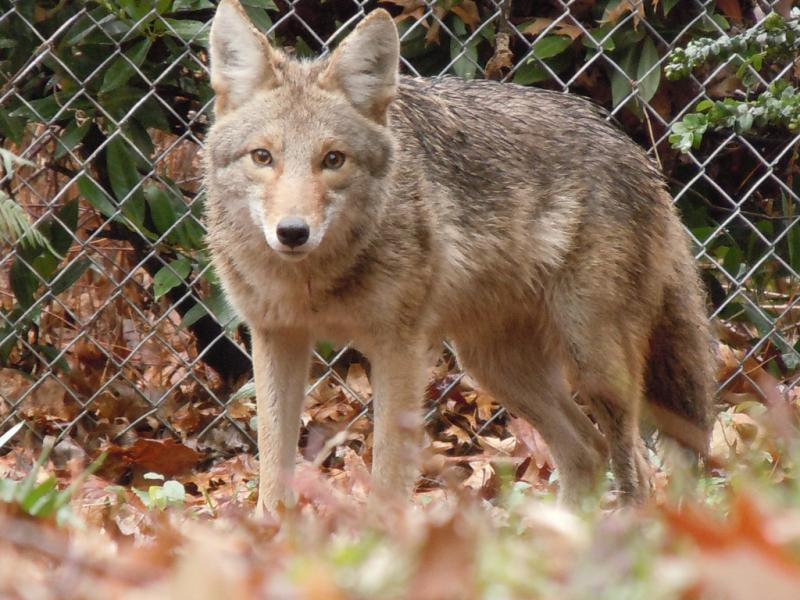
www.lakewoodcity.org 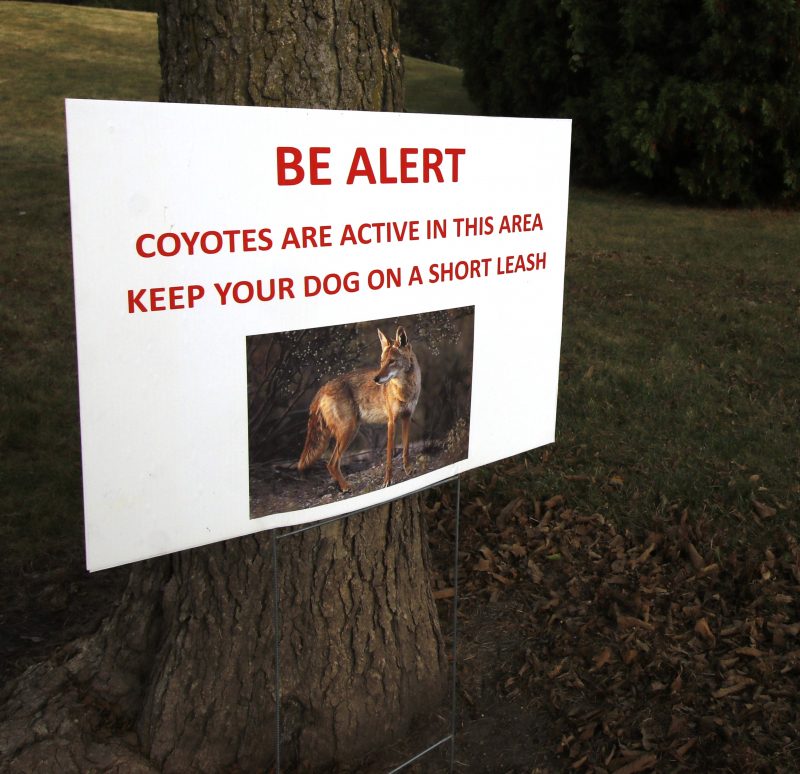
www.lakewoodcity.org -
Coyotes and the badger frequently cooperate to maximize their chances of snatching a meal. Both are cunning carnivores, so it seems to reason that they would be adversaries or at the very least stay away from one another given how frequently they hunt the same prey on the same plains. Coyotes and badgers have a long-standing agreement that demonstrates why it may be advantageous for enemies to cooperate.
Each hunter in the group possesses a unique set of abilities. Coyotes are adept at pursuing prey over a wide grassland because of their agility and quickness. Badgers have evolved to hunt tiny animals in underground tunnel networks, thus they are slower and less agile runners than coyotes, but they are superior diggers. The badger keeps the targeted prey from hiding in its tunnels while the coyote delivers the speed and may pursue prey that is running.
Despite the link between coyotes and badgers seems to be improbable, it benefits both species. Thus, when badgers and coyotes cooperate, they combine these abilities to hunt more successfully than each could do on its own. Coyotes pursue prey above ground, while badgers take over for underground chases.
Epic Nature Judy Lehmberg- youtube.com Caters Video - youtube.com



























